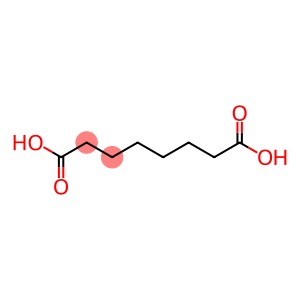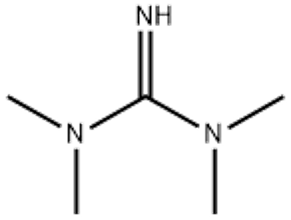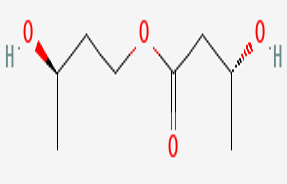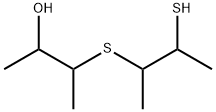Suberic acid(CAS#505-48-6)
| Hazard Symbols | Xi – Irritant |
| Risk Codes | R36 – Irritating to the eyes R36/37/38 – Irritating to eyes, respiratory system and skin. |
| Safety Description | S26 – In case of contact with eyes, rinse immediately with plenty of water and seek medical advice. S39 – Wear eye / face protection. S36 – Wear suitable protective clothing. |
| WGK Germany | 1 |
| TSCA | Yes |
| HS Code | 29171990 |
Introduction
Caprylic acid is a colorless crystalline solid. It is stable in nature, insoluble in water but soluble in organic solvents. Caprylic acid has a characteristic sour taste.
Caprylic acid has a wide range of uses in industry. It is mainly used in the preparation of polyester resin, which is used in the manufacture of coatings, plastics, rubber, fibers and polyester films, etc.
There are many ways to prepare octanoic acid. One of the common methods is to prepare it by oxidation of octene. The specific step is to oxidize octene to caprylyl glycol, and then the caprylyl glycol is dehydrated to produce caprylic acid.
Caprylic acid is irritating to the skin and eyes, so it needs to be washed promptly after contact. Appropriate protective equipment should be worn during operation to avoid inhaling its vapors. Caprylic acid should be stored in a dry, well-ventilated place, away from heat and fire.








